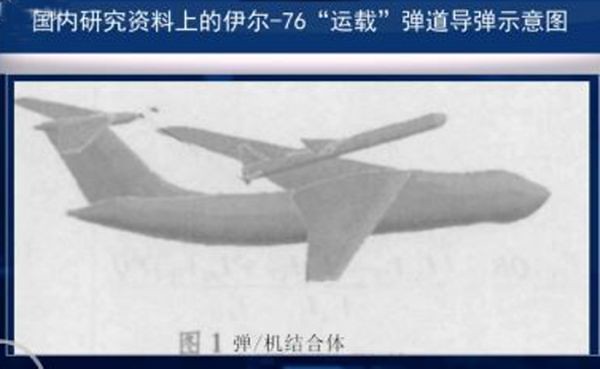By Liu Xuanzun Source:Global Times Published: 2020/1/7 0:03:39
The Chinese military is procuring a laser attack pod, which Chinese media speculated could be an aircraft-based tactical weapon.
If equipped on aircraft, the laser could potentially protect against incoming missile attacks and dominate in close-range combat, analysts said.
The procurement plan for the laser attack pod was revealed Saturday in a notice released on the Chinese military's weapon and equipment procurement website weain.mil.cn, Weihutang, a column on military affairs affiliated with China Central Television, reported on Monday.
The notice included the title of the procurement, but the details remained confidential.
Weihutang speculated that the laser attack pod was likely an airborne tactical laser, noting that if the weapon was used to guide bombs rather than directly attack, it would be called a laser guidance pod.
The report said China has already developed a prototype for an airborne laser weapon, citing a publically available academic thesis.
Since a laser travels at the speed of light, it shoots where it is aimed - with no time delay - a significant advantage over missiles and bullets, a military expert who asked not to be named told the Global Times on Monday.
This makes a laser a great tool for aerial interception, he said.
An airborne laser weapon could intercept incoming missiles and shoot down hostile aircraft in a dogfight, the expert said.
China has already developed land-based laser weapons.
At Airshow China 2018, state-owned China Aerospace Science and Industry Corporation (CASIC) showcased the LW-30 laser defense weapon system, which could use a directional-emission high-energy laser to intercept aerial targets such as photoelectric guidance equipment, drones, guided bombs and mortars, according to a CASIC statement sent to the Global Times.
The US has been researching airborne laser weapons since the 1990s and made significant progress in related technologies, Weihutang reported.
However, this genre of weapon has not yet seen wide deployment due to remaining technical difficulties including power supply and energy loss problems, analysts said.




